Publicly funded organisations sometimes seem to assume that decisions are entirely individual, as though people only act within personal bubbles that are isolated from the systemic context. In practice, decisions are made in the space defined by a complex mix of organisational and individual considerations and constraints. Systems that fail to consider how decisions are framed often end up framing decision makers, who were set up to fail from the start.
Publicly funded organisations are often large and complex, with many different people making many decisions every day. Carefully designing the frame for every decision would be an enormous amount of work.
Different parts of the frame, or even different aspects of a single decision, are often managed by different people. The people who define rules that govern a decision may not work closely with the people who monitor complex outcomes or provide specialist advice. Rules and resources are often defined incrementally over many years, gradually introducing gaps and inconsistencies.
Individual capability, such as understanding inputs and interpreting rules, is highly variable. Organisations also vary in their willingness to give clear direction.
When the framing of decisions is unclear, it is unfair to hold individuals accountable for outcomes. People should not be accountable for decisions they cannot reasonably make and should not have authority to act without being held accountable.
Many poor decisions are due to inadequate inputs, like ambiguous authority or triggers for action, or lack of resources, like information and specialist advice. Hard organisational rules, like policies and legislation, and soft rules, like custom and practice, may also distort decisions away from organisational objectives.
Poorly framed decisions put unrealistic pressure on individual capability to manage ambiguity and, without feedback loops to communicate outcomes, individuals may not be able to sketch in frames for themselves.

For important decisions, or decisions made many times, it is worth analysing the whole decision framework and individual capability context, not just content capability, like medicine or aged care.
Designing frames to guide better decisions means considering all the major factors that guide or constrain individual decisions. That includes:
- designing inputs to draw attention to critical information and prompt appropriate action
- analysing all the rules and resources that direct and support decisions, to identify and address gaps, barriers, and inconsistencies
- ensuring that authority and accountability are aligned, with feedback loops to communicate outcomes and impose fair consequences.
Analysing how the key elements that frame decisions work together in practice helps to understand the decision space that people have to work within. Identifying and addressing gaps and inconsistencies in how decisions are framed helps to reduce ambiguity and clarify incentives for decision makers, setting them up for success, rather than failure.
The less clearly defined the space for any given decision, the greater the reliance of the system on the capability of individual decision makers to compensate for that ambiguity. Some decisions are extremely difficult to frame and, therefore, need extremely skilled decision makers. Most organisations, however, should not need elite experts to handle every decision if their systems are set up to frame good decisions, rather than to frame individuals for bad decisions.
